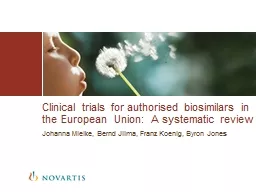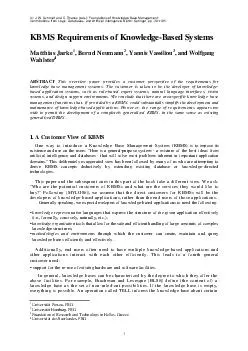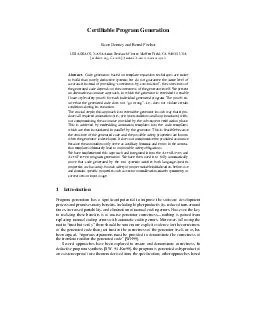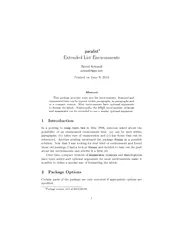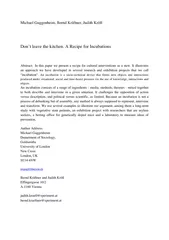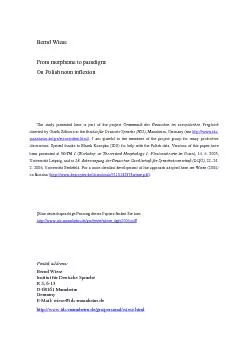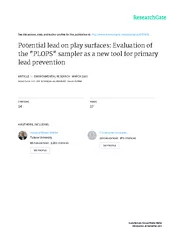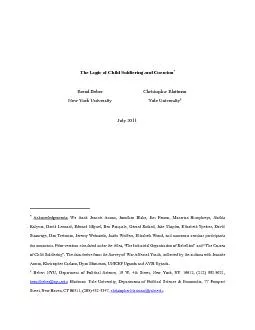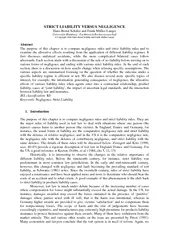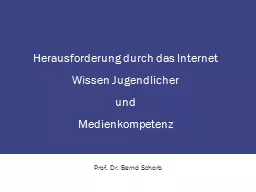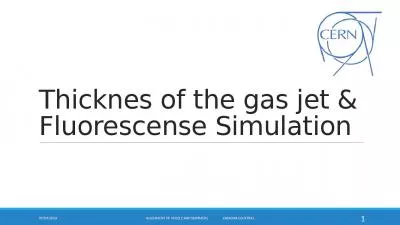PPT-Johanna Mielke, Bernd Jilma
Author : LittleMissPerfect | Published Date : 2022-08-02
Franz Koenig Byron Jones Clinical trials for authorised biosimilars in the European Union A systematic review Introduction 2 A biosimilar medicine is a biological
Presentation Embed Code
Download Presentation
Download Presentation The PPT/PDF document "Johanna Mielke, Bernd Jilma" is the property of its rightful owner. Permission is granted to download and print the materials on this website for personal, non-commercial use only, and to display it on your personal computer provided you do not modify the materials and that you retain all copyright notices contained in the materials. By downloading content from our website, you accept the terms of this agreement.
Johanna Mielke, Bernd Jilma: Transcript
Download Rules Of Document
"Johanna Mielke, Bernd Jilma"The content belongs to its owner. You may download and print it for personal use, without modification, and keep all copyright notices. By downloading, you agree to these terms.
Related Documents

